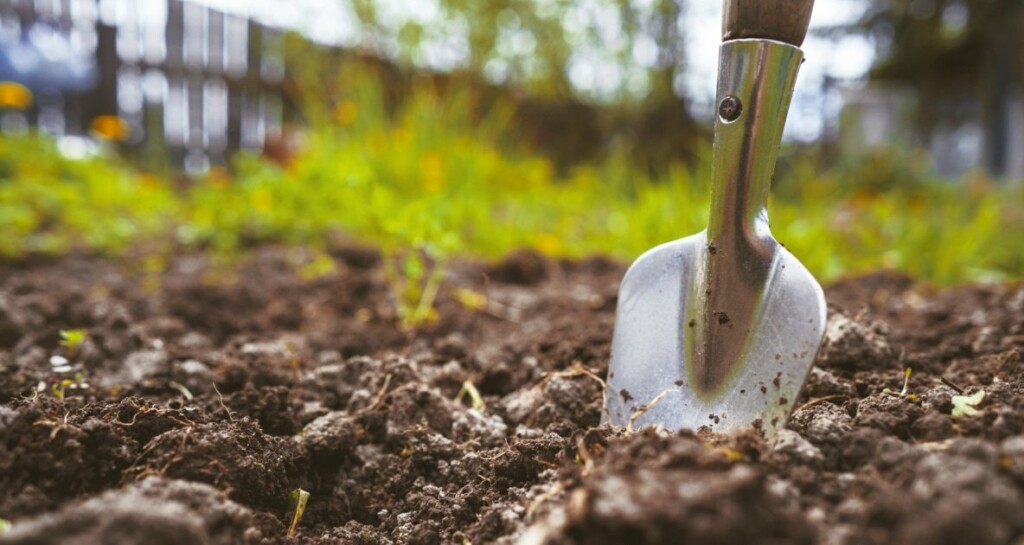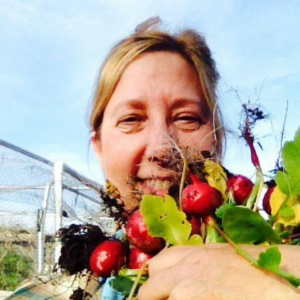Your Garden … with Sharon McCray: Make sure the time is right before you plant your spring selections
To help control earwigs, use a tuna size can filled half full with soy sauce and a touch of cheap salad oil.
![]()

Get ready for spring gardening activities.
By Sharon McCray
 Don’t rush the cadence is a mantra of every drill instructor in the country. Aptly enough, it also applies to gardening as well. Just because every nursery and hardware store is selling tomato plants does not mean it is time to put them in the ground. The selection might be enticing, but I urge you to wait. Wait until the soil is 55 degrees.
Don’t rush the cadence is a mantra of every drill instructor in the country. Aptly enough, it also applies to gardening as well. Just because every nursery and hardware store is selling tomato plants does not mean it is time to put them in the ground. The selection might be enticing, but I urge you to wait. Wait until the soil is 55 degrees.
The easiest way to test your soil is with a soil thermometer, usually readily available at most garden centers. Seasoned gardeners know to sit on the planting area for 10 minutes and if your bottom gets too cold to last a full 10 minutes, then the soil is not yet warm enough to plant. In the past, Master Gardeners used May 1 as the “official” planting date for tomatoes and peppers, but due to climate change, that date is now fluid based on other circumstances including nighttime temperatures as well as soil temperature.
 Putting tomatoes, peppers and/or eggplant in the ground too early will force them to be exposed to a host of pests and diseases and an in-hospitable medium in which to grow. Like waiting for a train in the rain, it will no doubt be uncomfortable but eventually the train will arrive.
Putting tomatoes, peppers and/or eggplant in the ground too early will force them to be exposed to a host of pests and diseases and an in-hospitable medium in which to grow. Like waiting for a train in the rain, it will no doubt be uncomfortable but eventually the train will arrive.
It’s just not worth it. Seeds started in January will be ready to plant soon enough. Sometimes our plant obsession takes hold and we just can’t help ourselves from purchasing the perfect summer vegetable. It is fine to make that purchase and put it into a larger pot and keep it in a warm place until time to plant.
It’s not too late to get some pruning of your fruit trees and roses. Once the buds have started to swell, it’s time to start grafting. Grafting is the art of attaching a scion, or piece of tree branch from one variety of tree to another planted in the soil. One reason to graft is allowing the opportunity to have early, mid-season and late harvesting of certain fruits on one tree.
YouTube has many informational videos and the process is relatively simple. The look of a bright red rose with an occasional white rose, can be an interesting theme in your garden.
While it’s too late to plant daffodils and tulips there are plenty of summer bulbs available now and the garden center selections are amazing. Dahlias do well in our climate as do gladiolus and Crocosmia. These all make beautiful cut flowers and feed are honeybees, butterflies and birds. Summer bulbs are truly an exciting part of any summer garden — and, with a little planning, will enhance your overall success.
Keep up on the weeds and get out into your garden. In order to monitor what is going on, visit your garden on a regular basis, looking for standing water and other environmental issues. Certain pests like earwigs are especially active this time of year. To help control earwigs, use a tuna size can filled half full with soy sauce and a touch of cheap salad oil. The earwigs will be drawn to the scent of the soy sauce and venture into the container and drown. It is a simple solution to an everyday problem, as well as being safe for pets and visiting birds.
Finally, snails are starting to propagate in the cool evenings. Try using the old tried-and-true method by placing beer into a shallow container like a pie plate. However, old yeast will accomplish the same result as an attractant and help achieve your goal of reducing the population. Another interesting point, research has shown that a 10 percent solution of caffeine will kill snail and slug pests. Using used coffee grounds scattered around problem areas might be an even simpler solution.
Sharon McCray is a California native living in Santa Clara County since 1959. She became certified as a University of California cooperative extension master gardener in 1992 and a UCCE master naturalist in 2015. She hosts a monthly radio show on KKUP public radio and is now retired.

